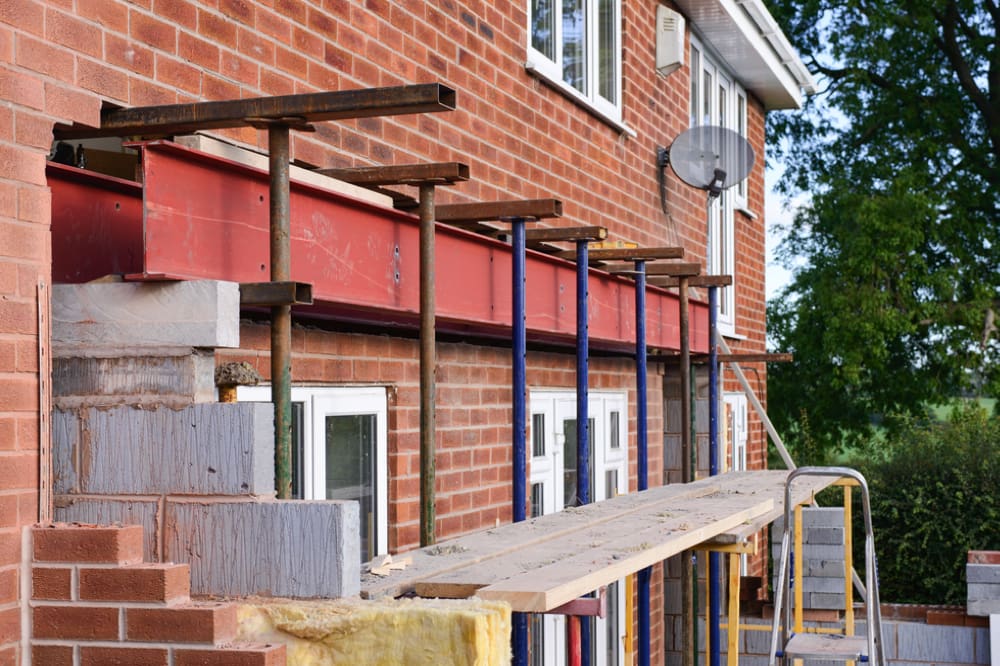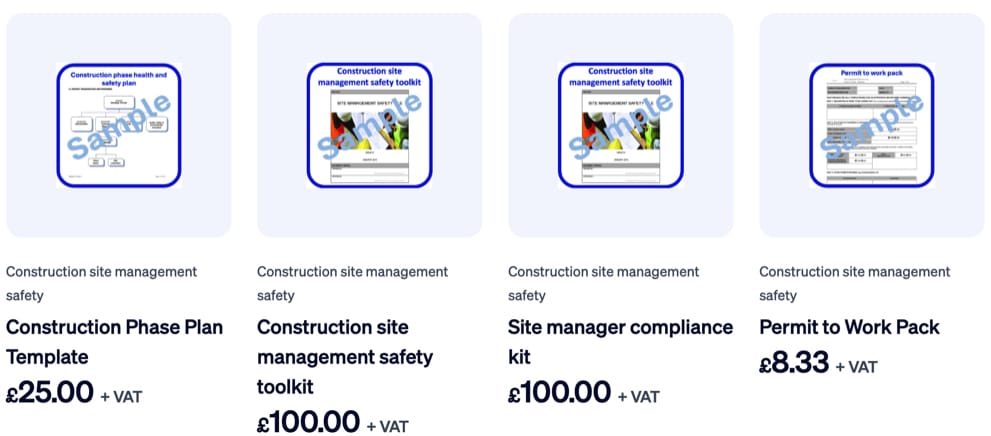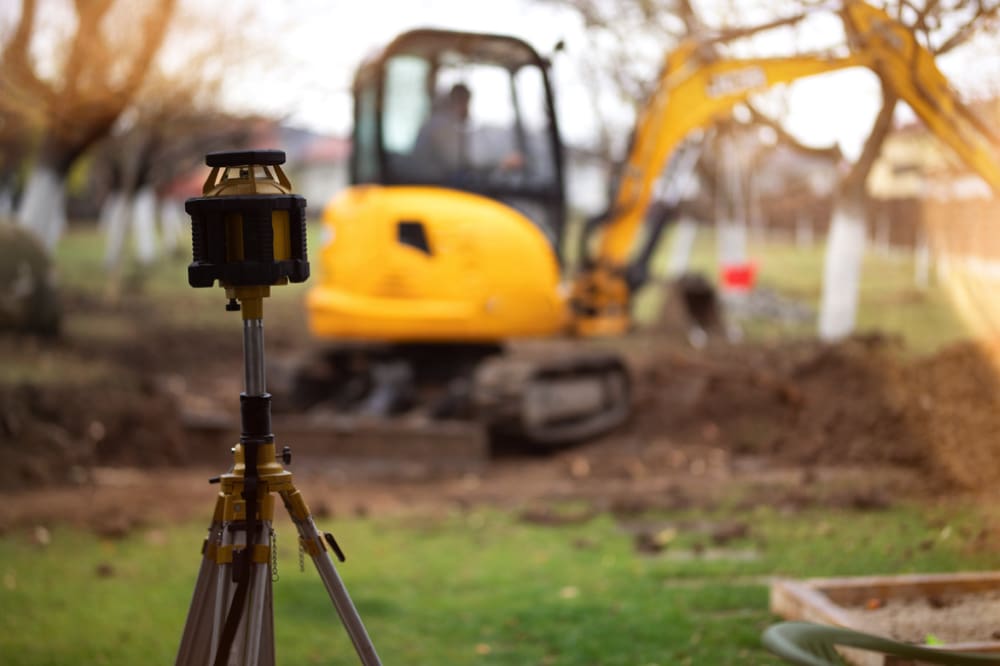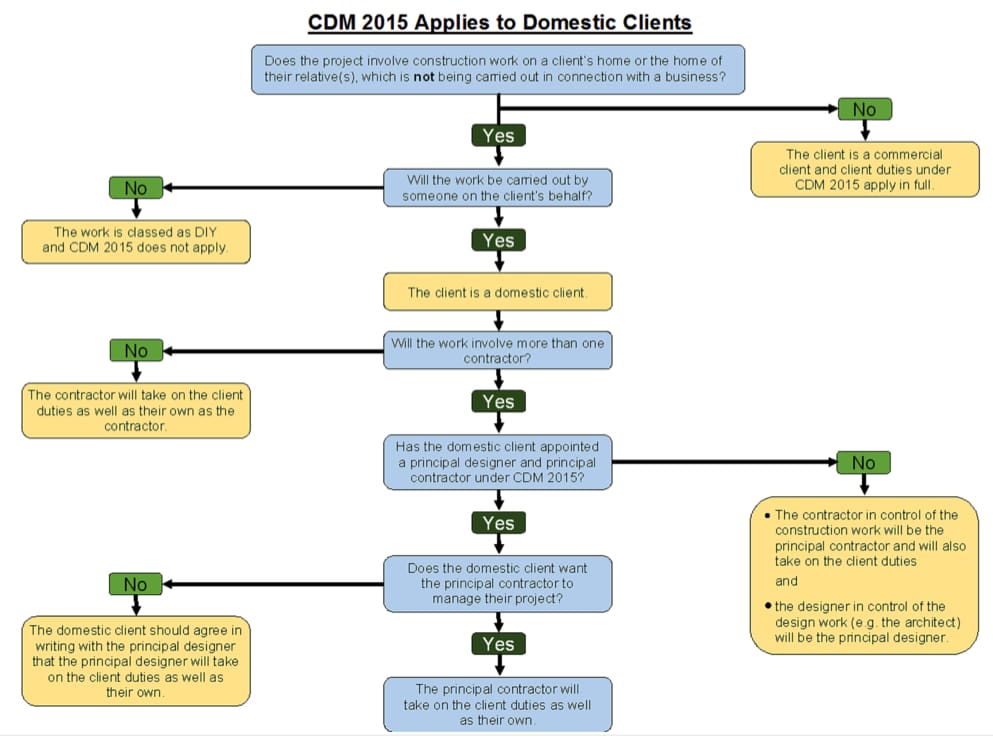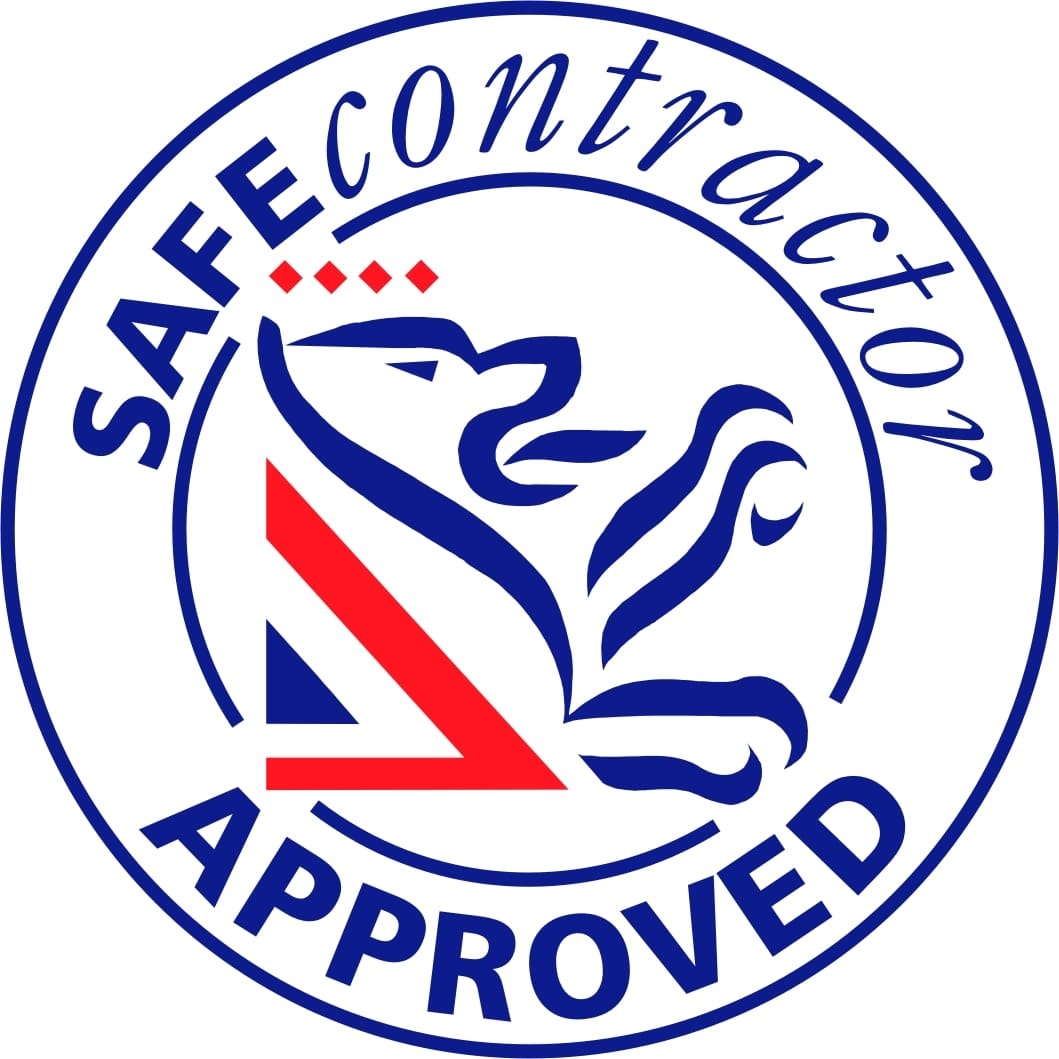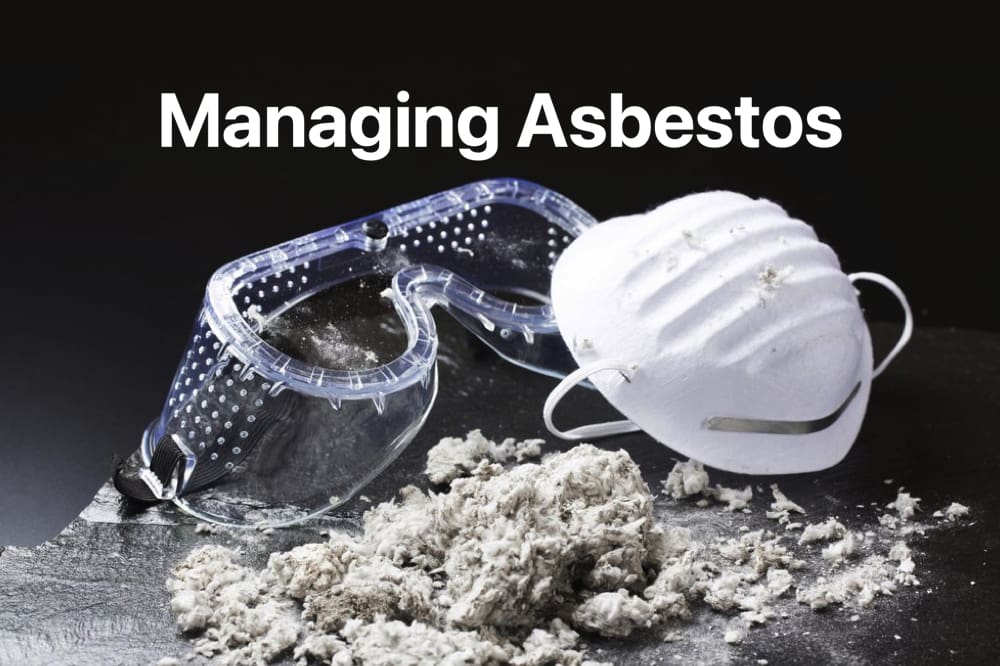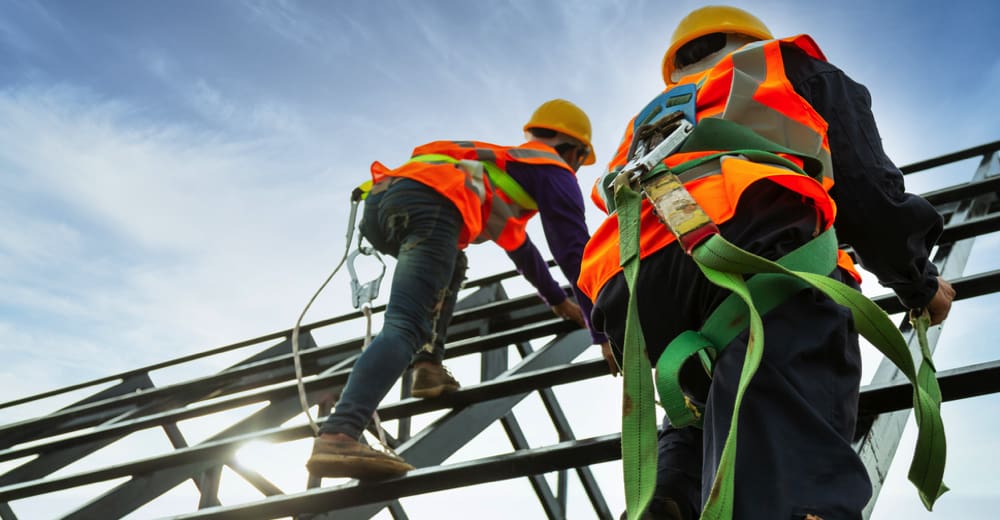Contractors working on domestic premises
Contractors working on domestic premises involves contractors building extensions, alterations, new heating systems, rewiring the house, repairing or reroofing premises, etc.
Although the domestic construction sector is not as scrutinised as the larger construction sector that the main contractor controls, they are just as important to the HSE as large projects.
The general public is very aware of health and safety as everyone is subject to it at work. Today, it is common for the general public to video and take images of poor health and safety practices and submit them to the HSE, which will inspect the site.
Domestic construction phase plan CDM
In this article, we will explain the domestic construction phase plan for CDM. Does your project require a CDM plan?
Domestic projects involving only you as a contractor
On these projects, the client’s duties are transferred to you, who must carry out the client’s duties as well as your own. In practice, this will involve you doing no more than they have done in the past to comply with health and safety legislation. Compliance with your own duties as a contractor will be taken as compliance with the relevant client duties to the extent necessary, given the risks involved in the project. As a result of you taking on the client duties, any designers involved in the project will work with you in their role as the ‘client’.
Domestic projects involving more than one contractor
For projects involving more than one contractor, the Principal Contractor will normally assume the client’s duties. The domestic client can choose to appoint the Principal Designer for the project. If, however, they do not make this appointment, the first Designer appointed during the pre-construction phase is the Principal Designer for the project. If so, the Principal Designer will be answerable to the Principal Contractor in their role as ‘Client’ for the project and will be responsible for liaising with them.
Buy a completed construction phase CDM plan
You can buy a completed construction phase CDM plan that is full editable, together with other site management documents, systems and tool.


